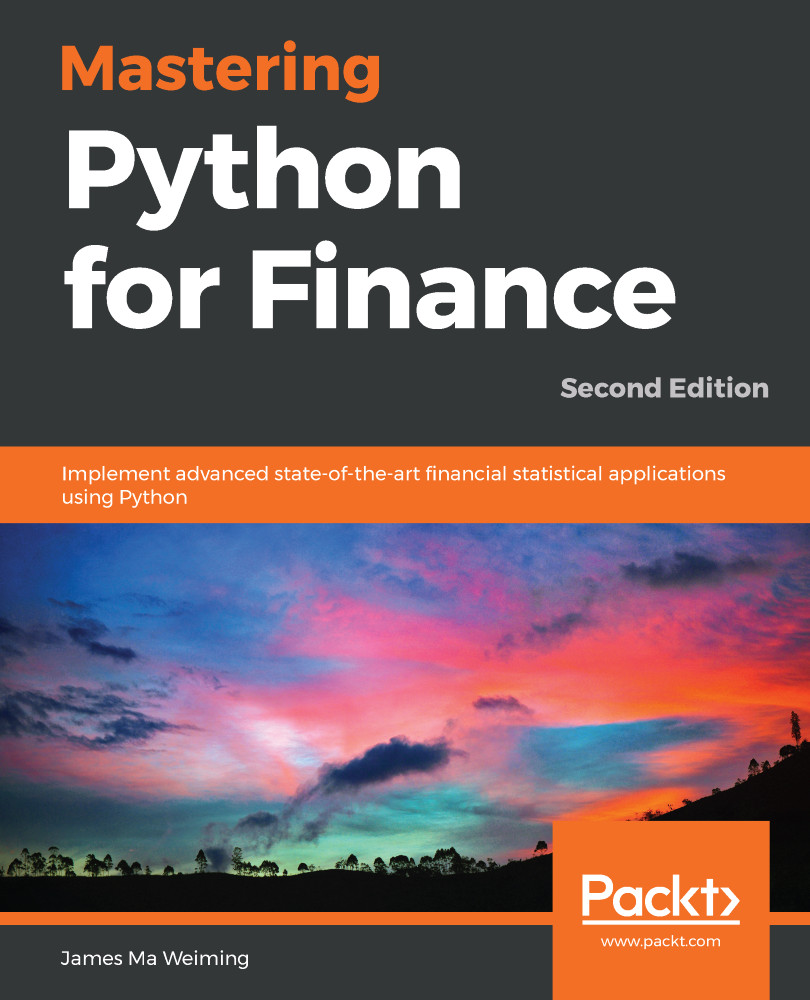Nonlinear dynamics play a vital role in our world. Linear models are often employed in economics due to being easier to study and their easier modeling capabilities. In finance, linear models are widely used to help price securities and perform optimal portfolio allocation, among other useful things. One significant aspect of linearity in financial modeling is its assurance that a problem terminates at a globally-optimal solution.
In order to perform prediction and forecasting, regression analysis is widely used in the field of statistics to estimate relationships among variables. With an extensive mathematics library being one of Python’s greatest strength, Python is frequently used as a scientific scripting language to aid in these problems. Modules such as the SciPy and NumPy packages contain a variety of linear regression functions...


